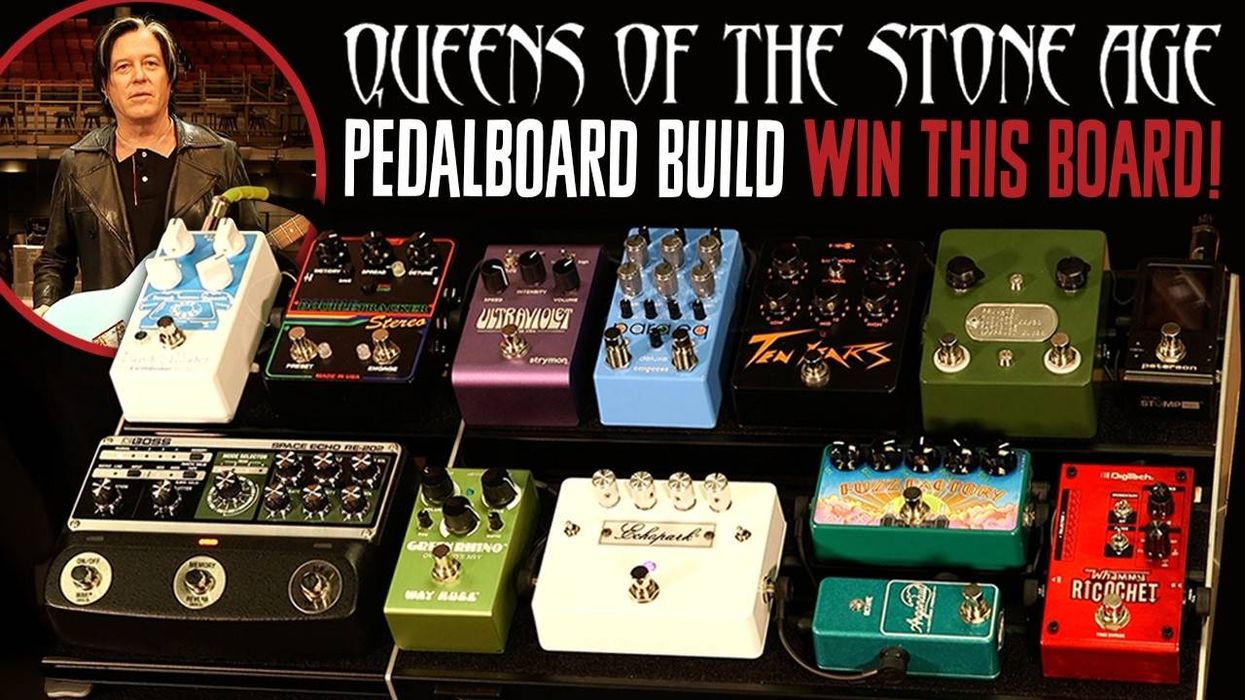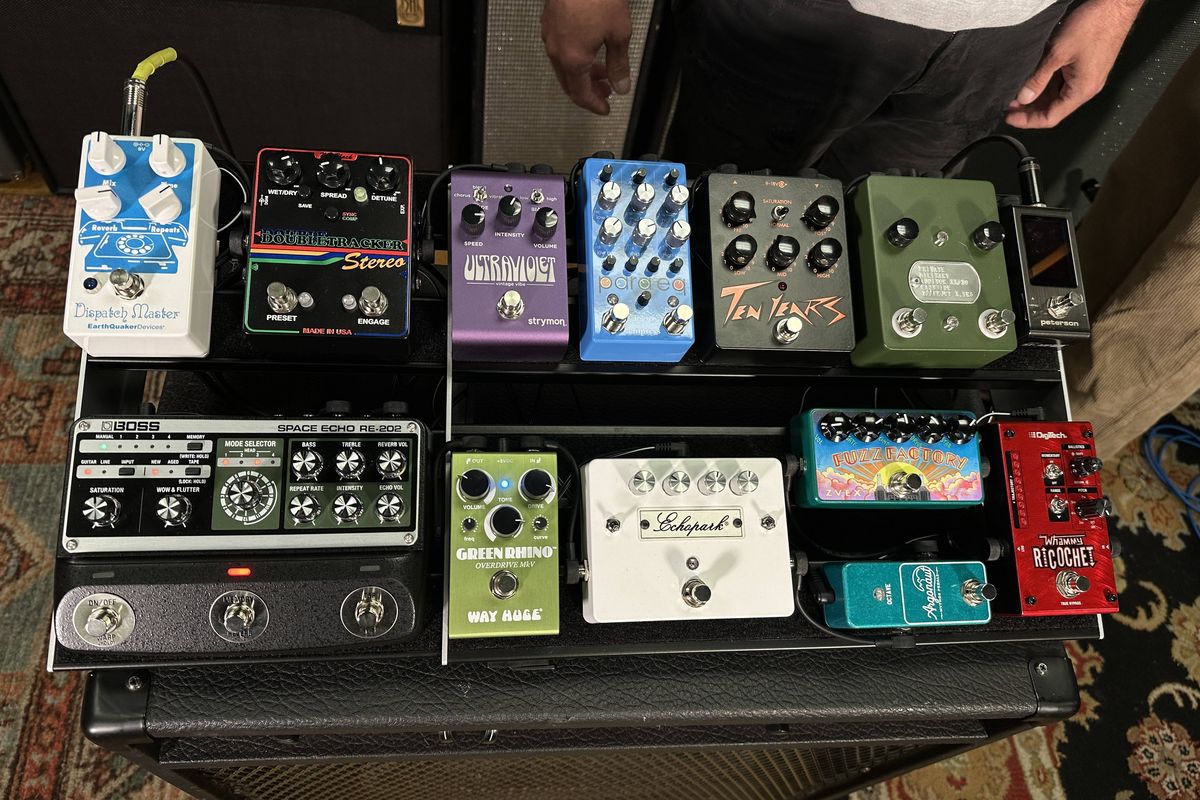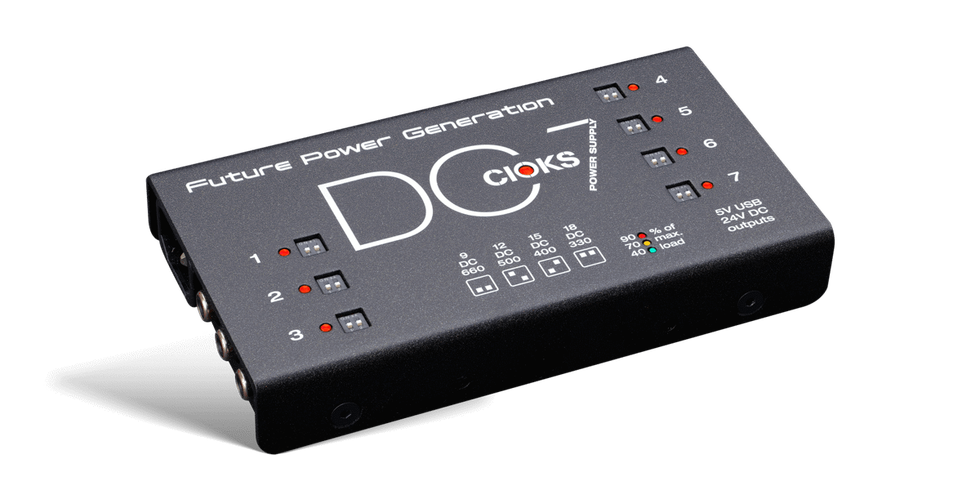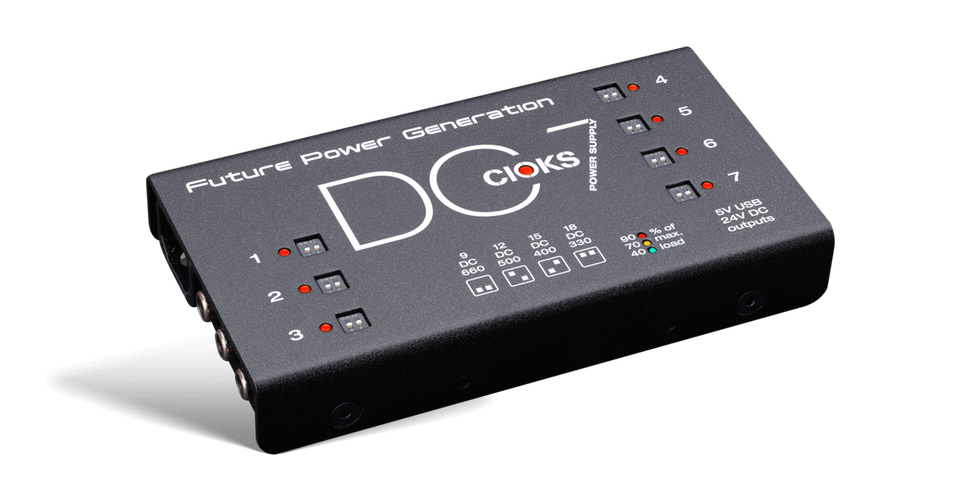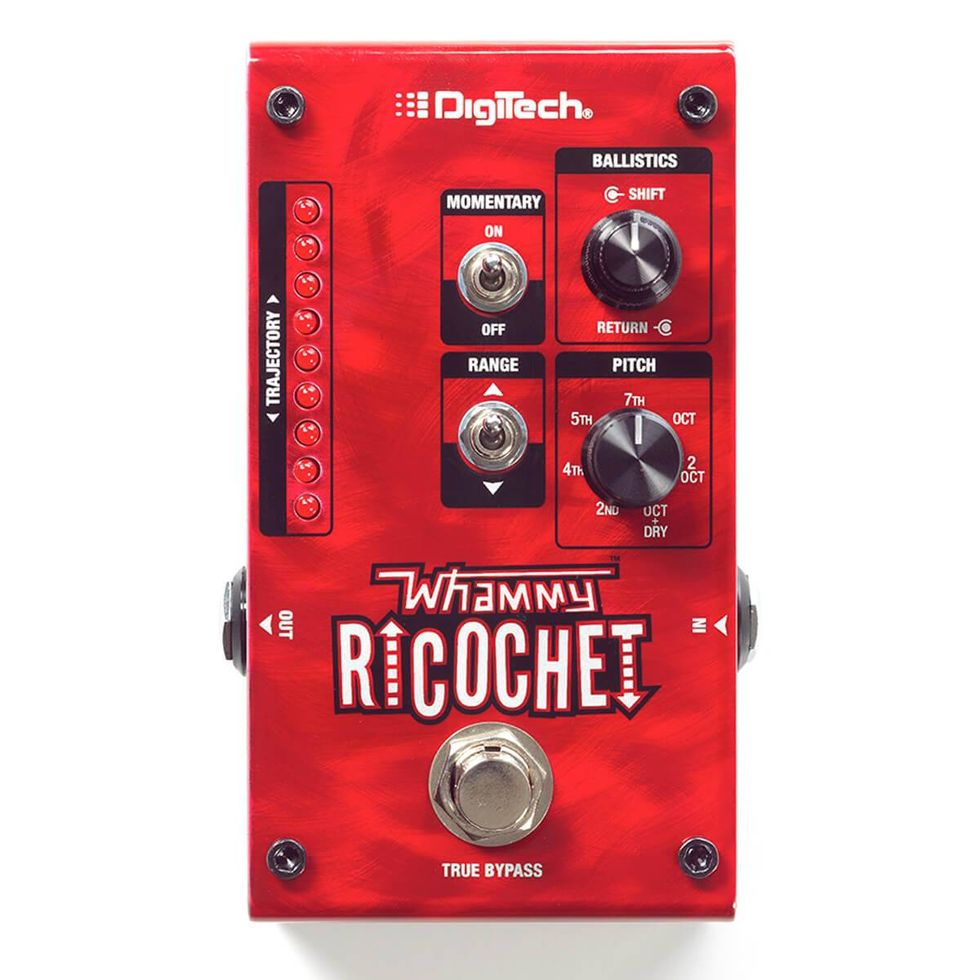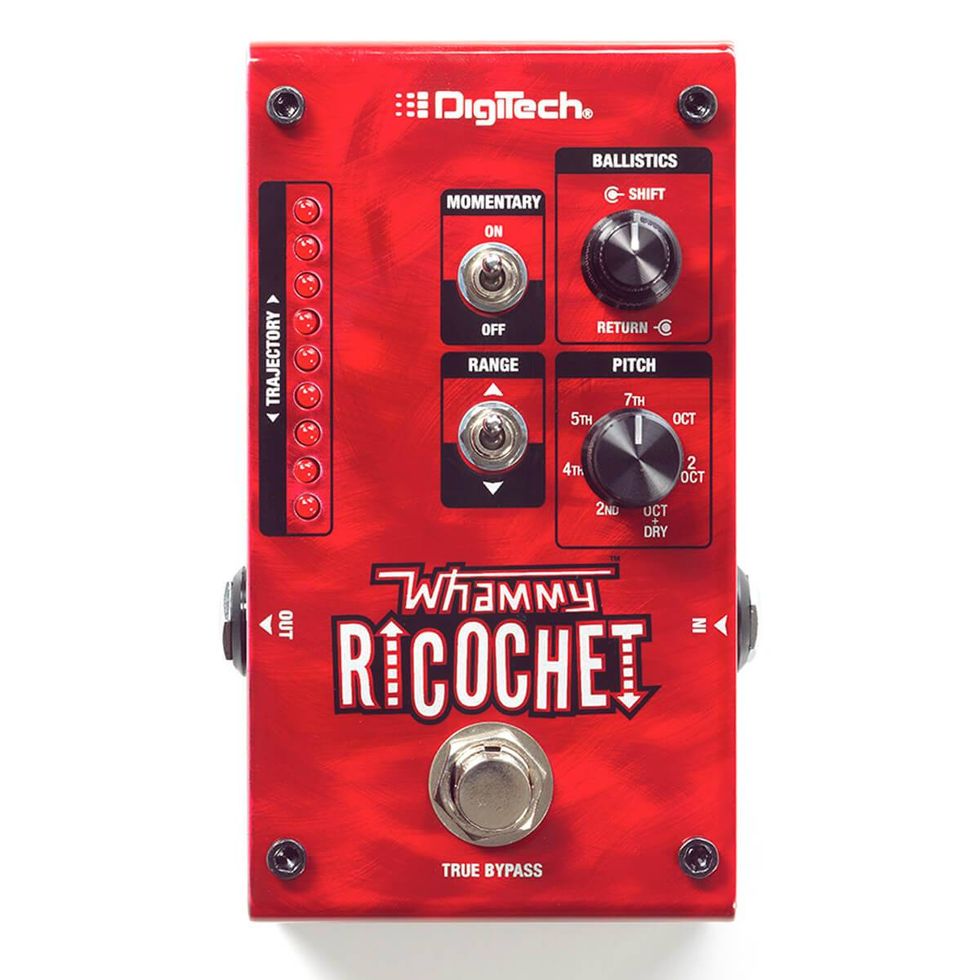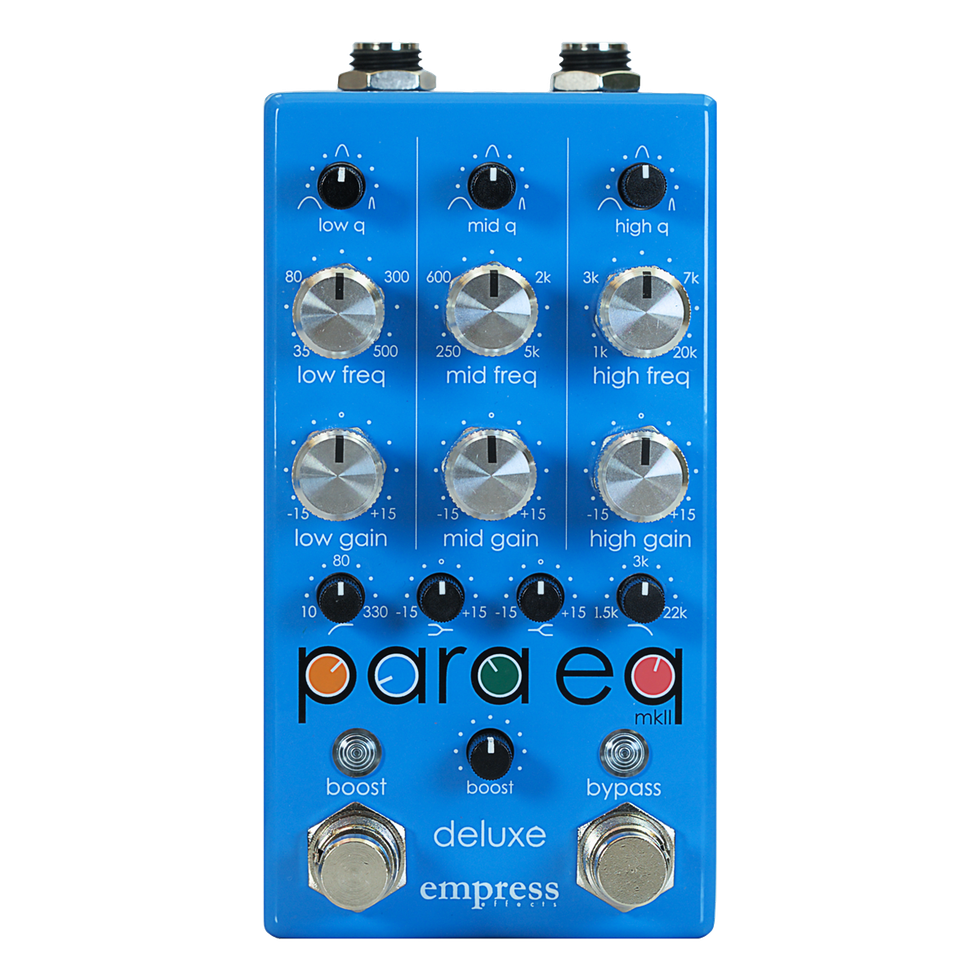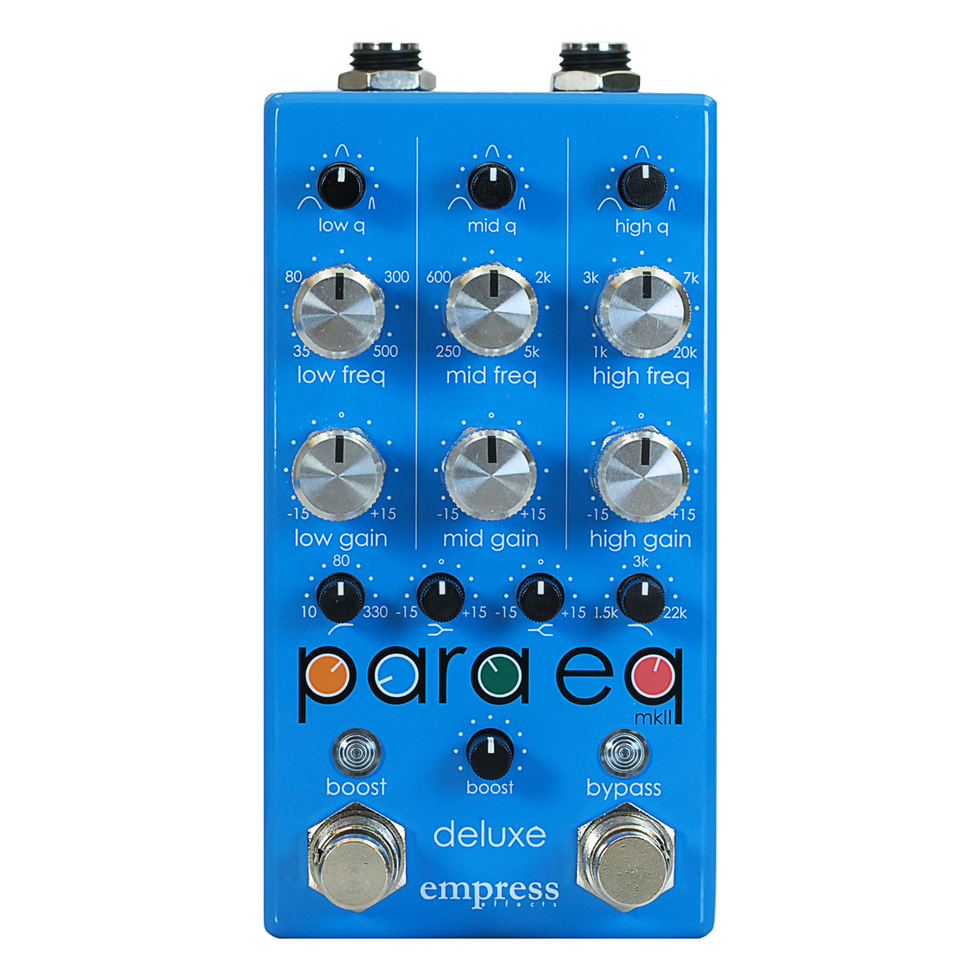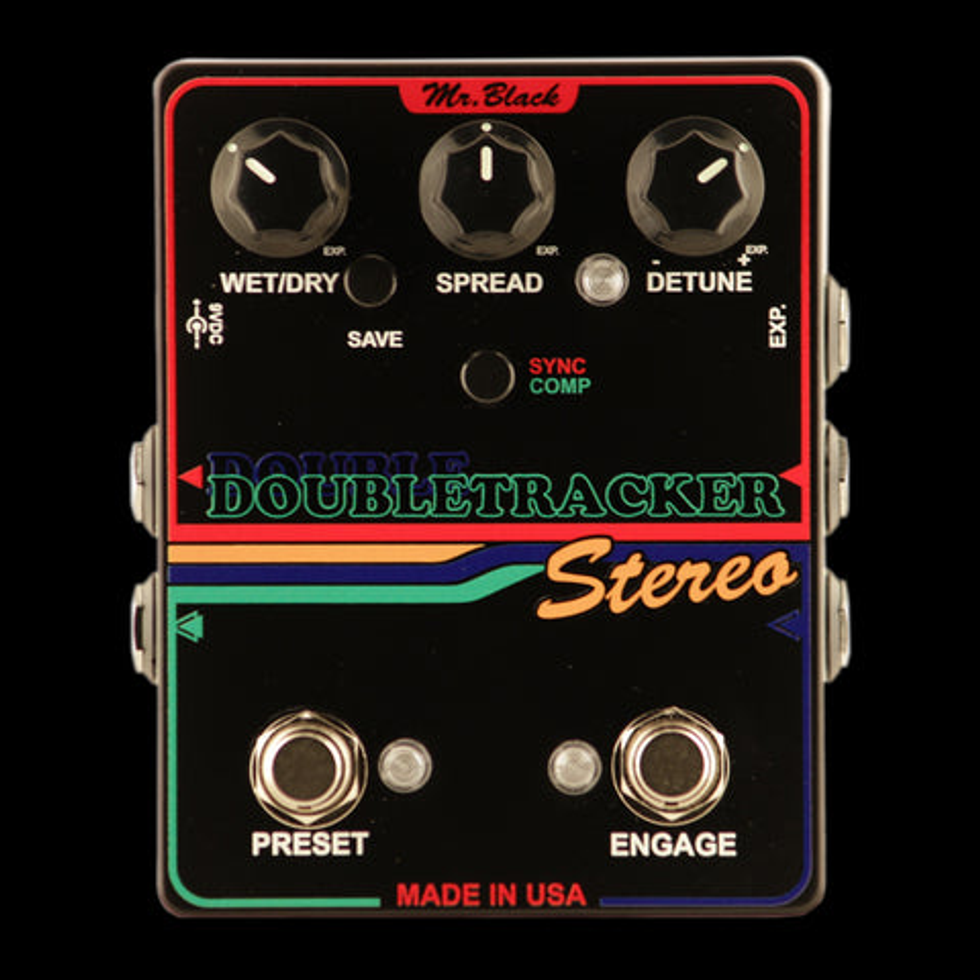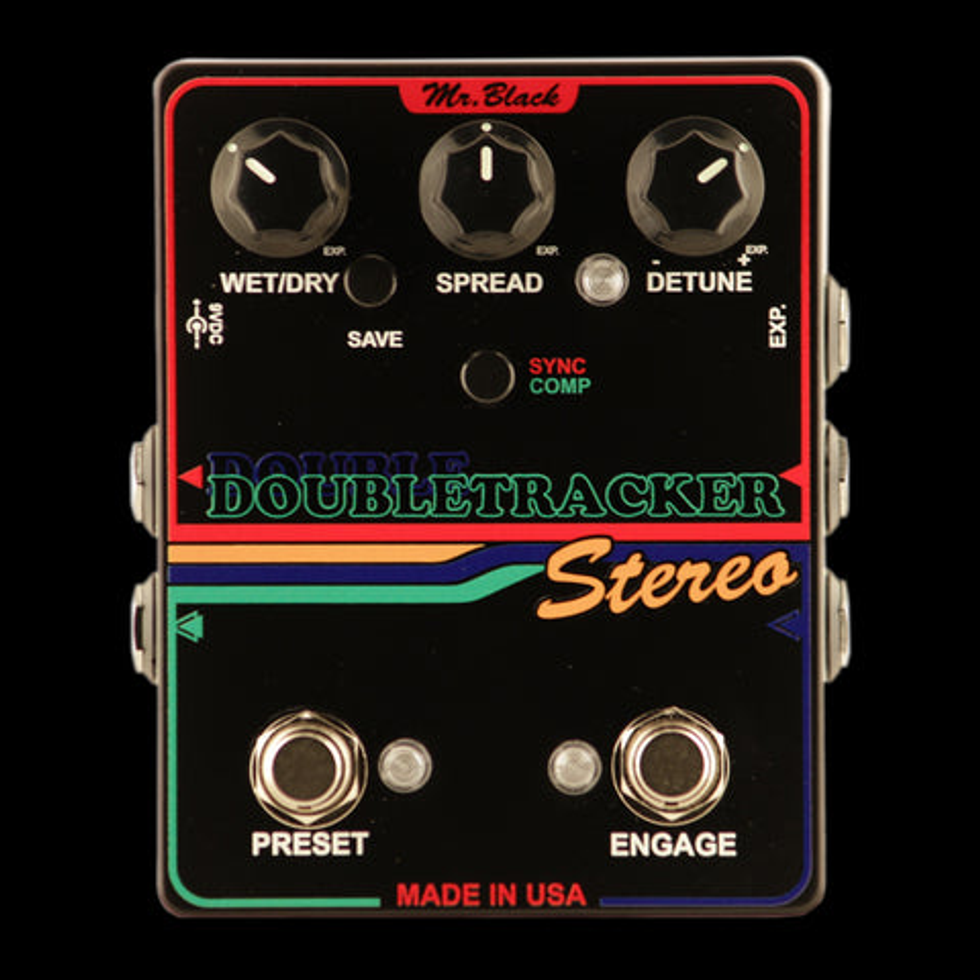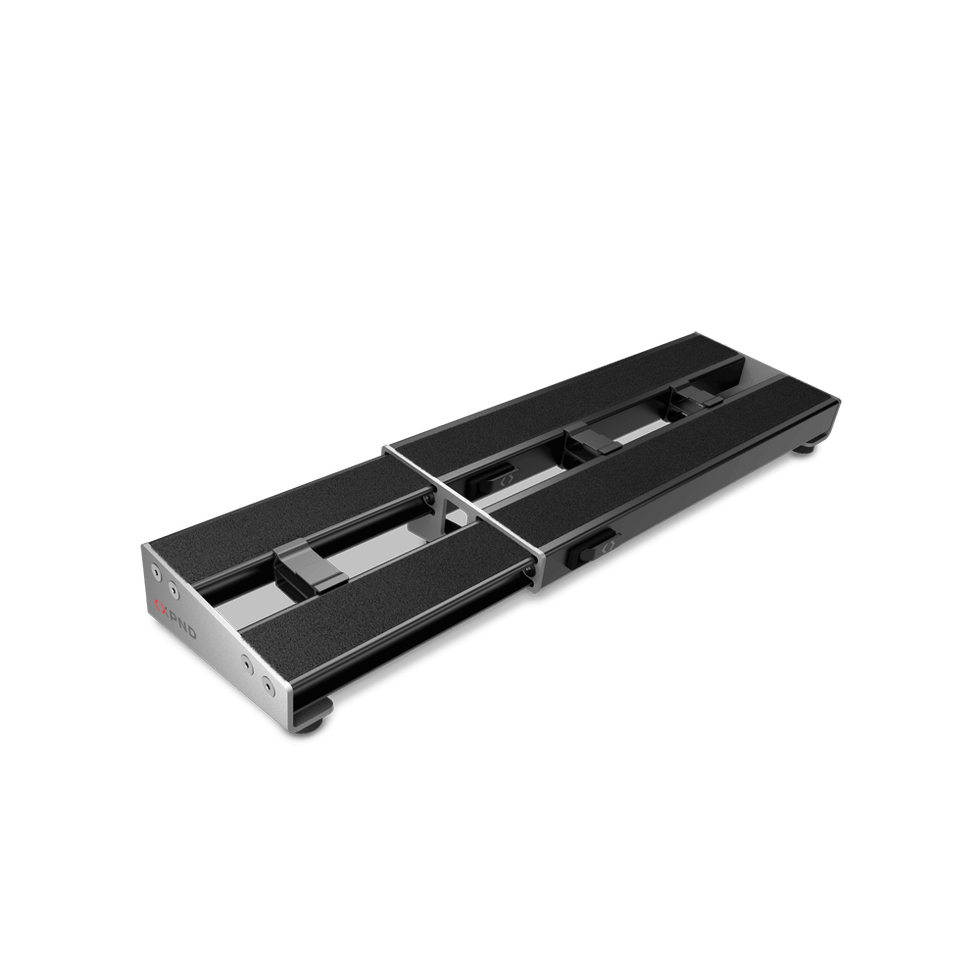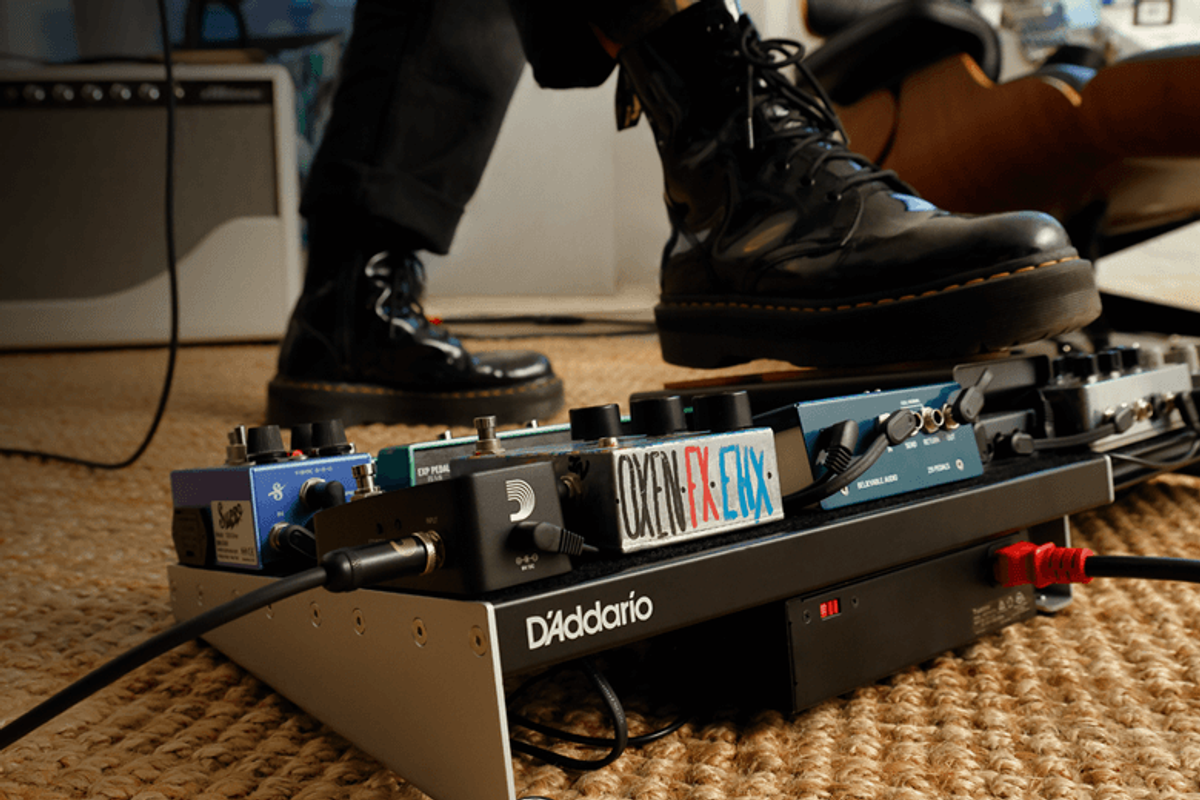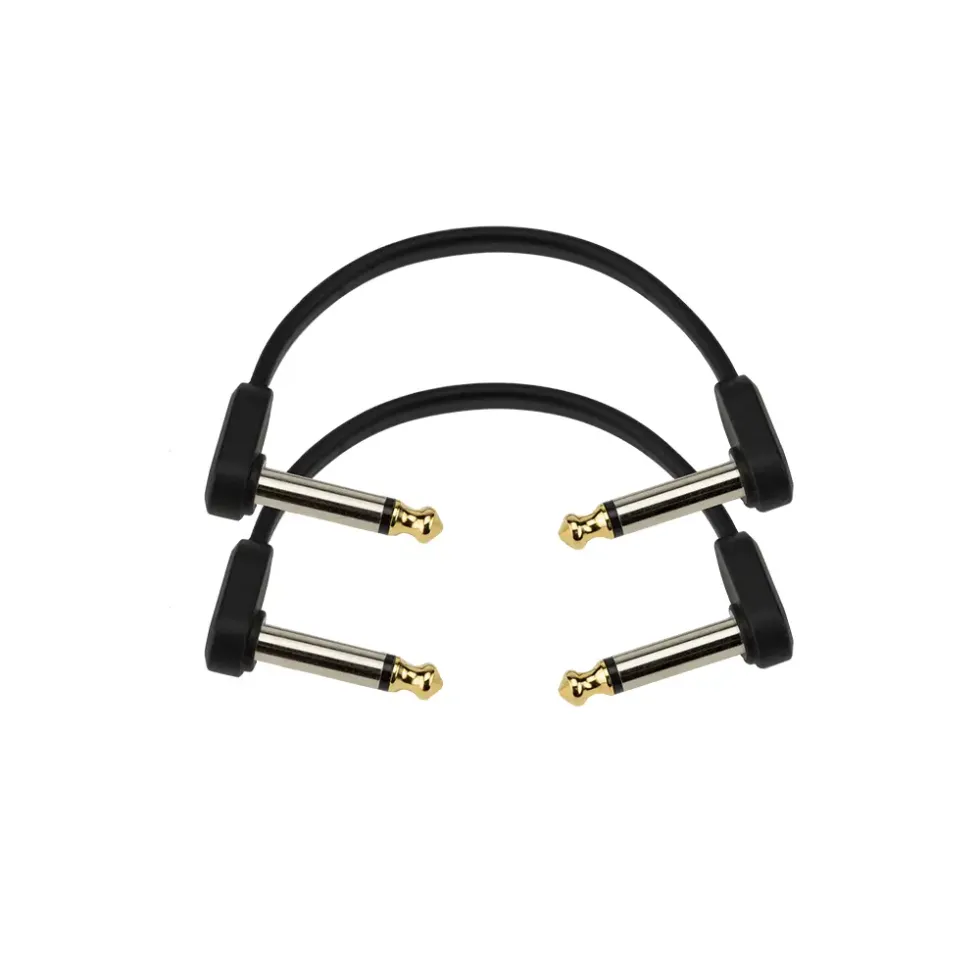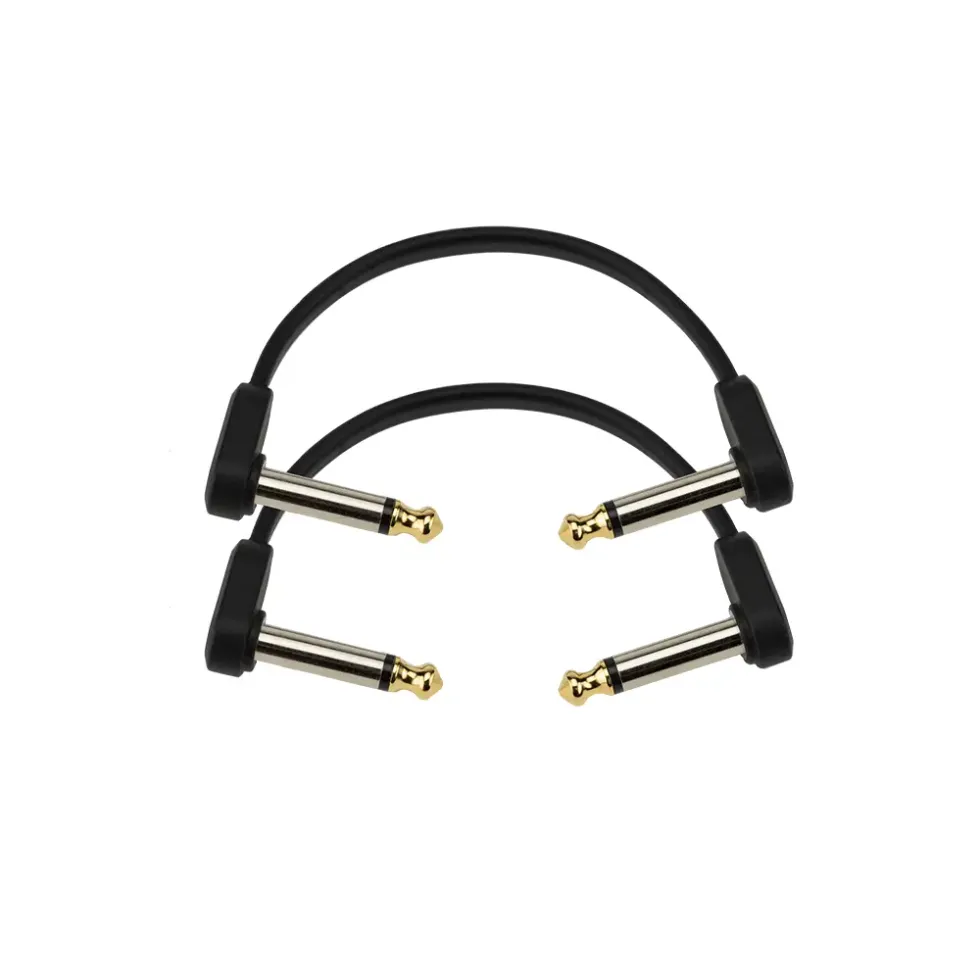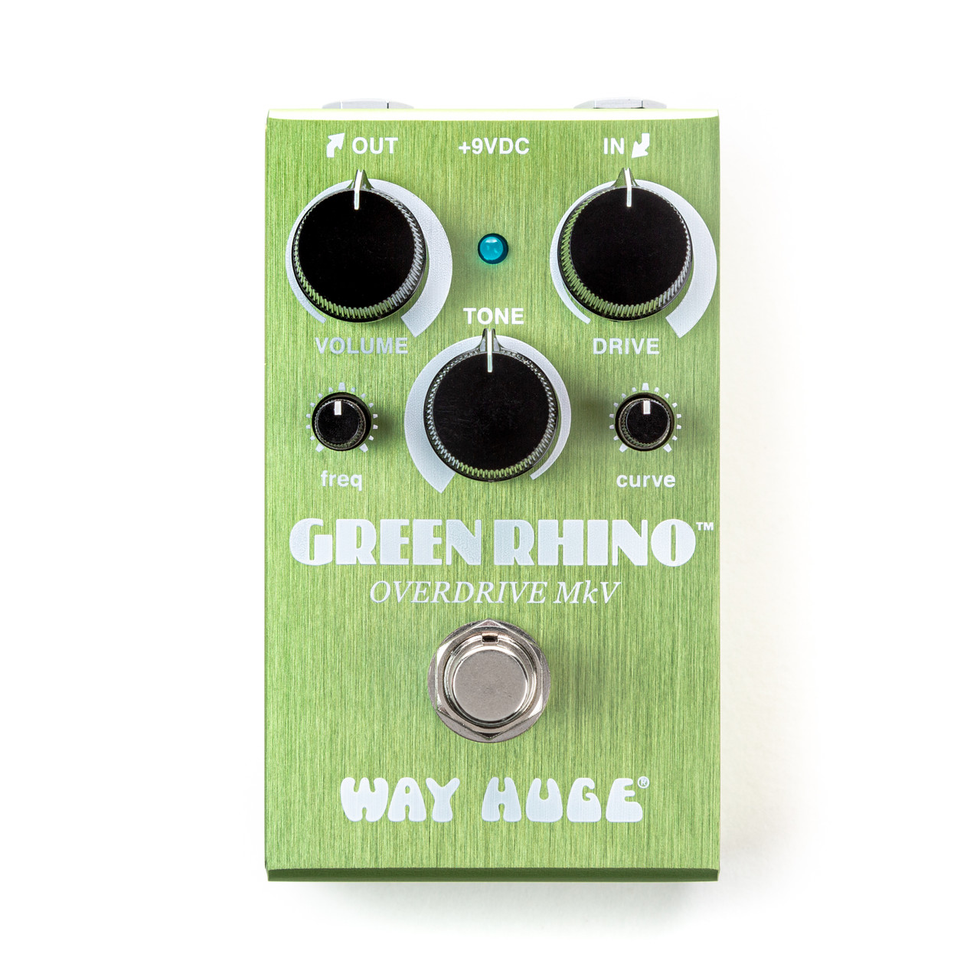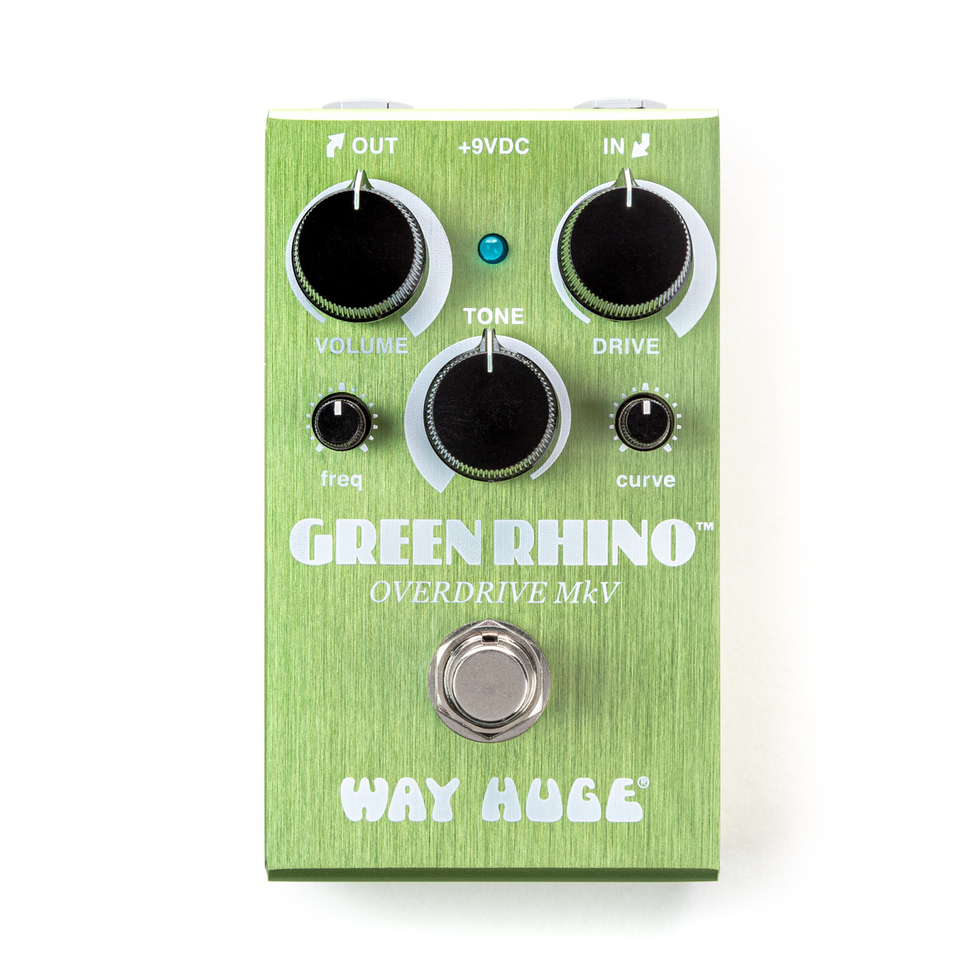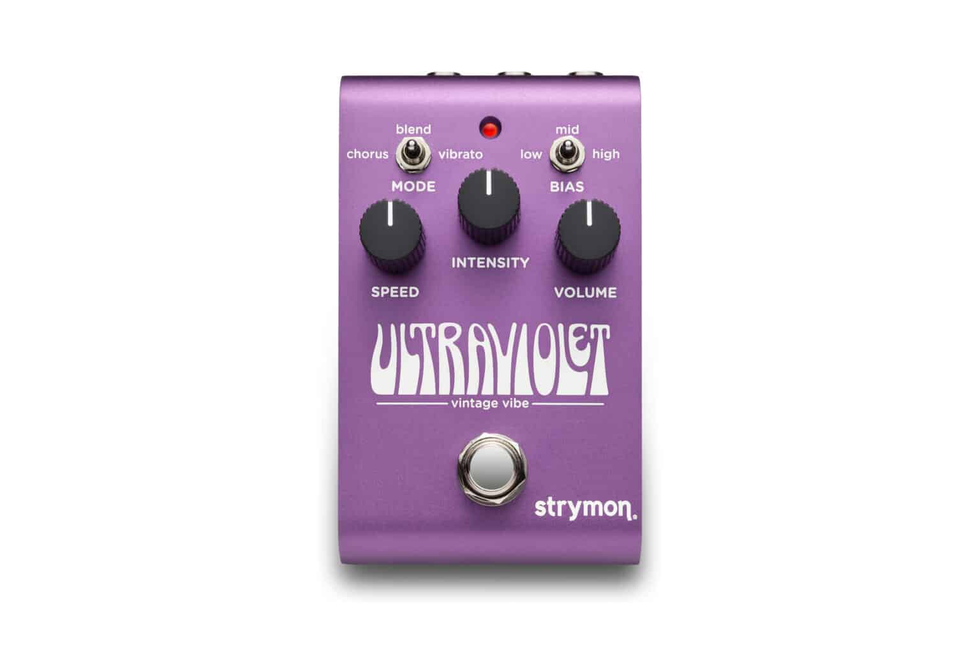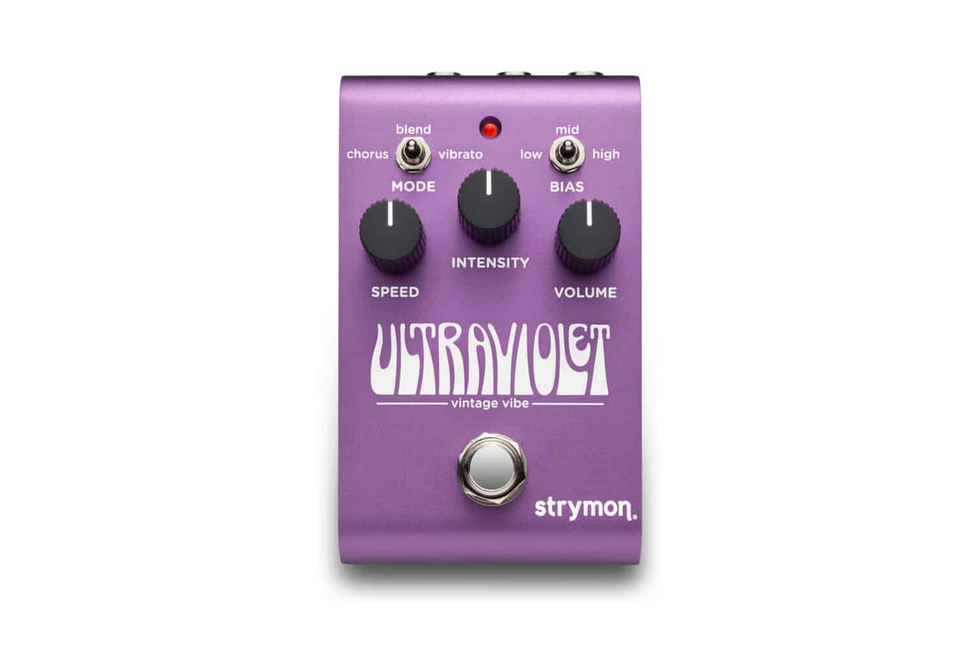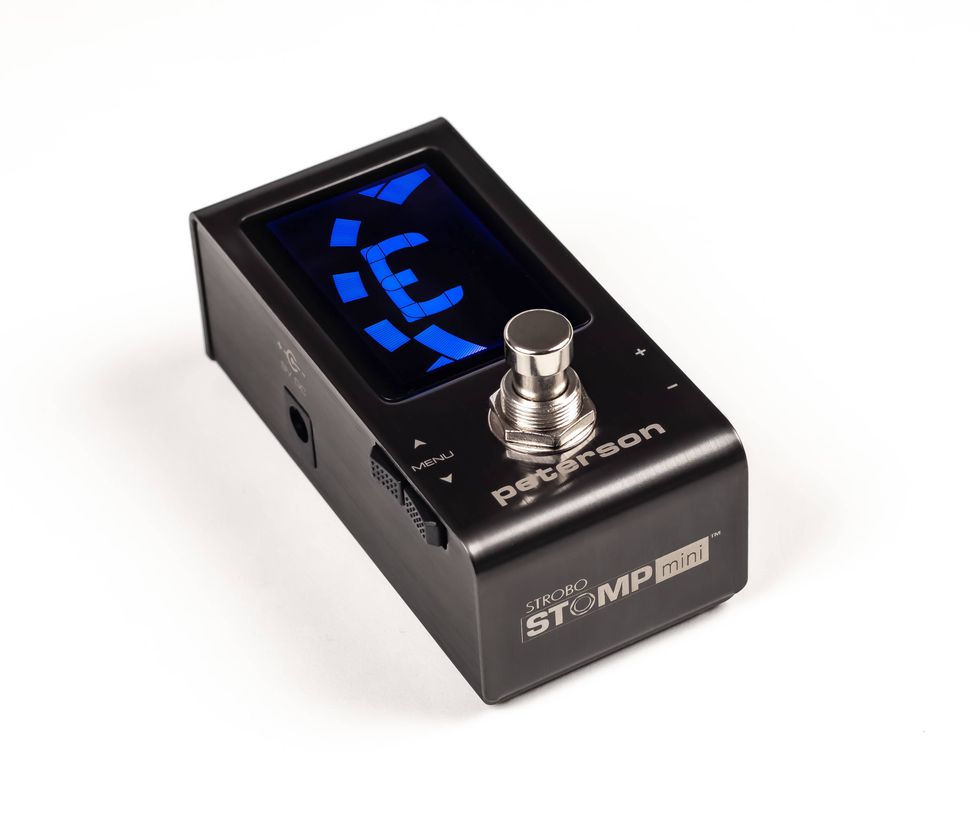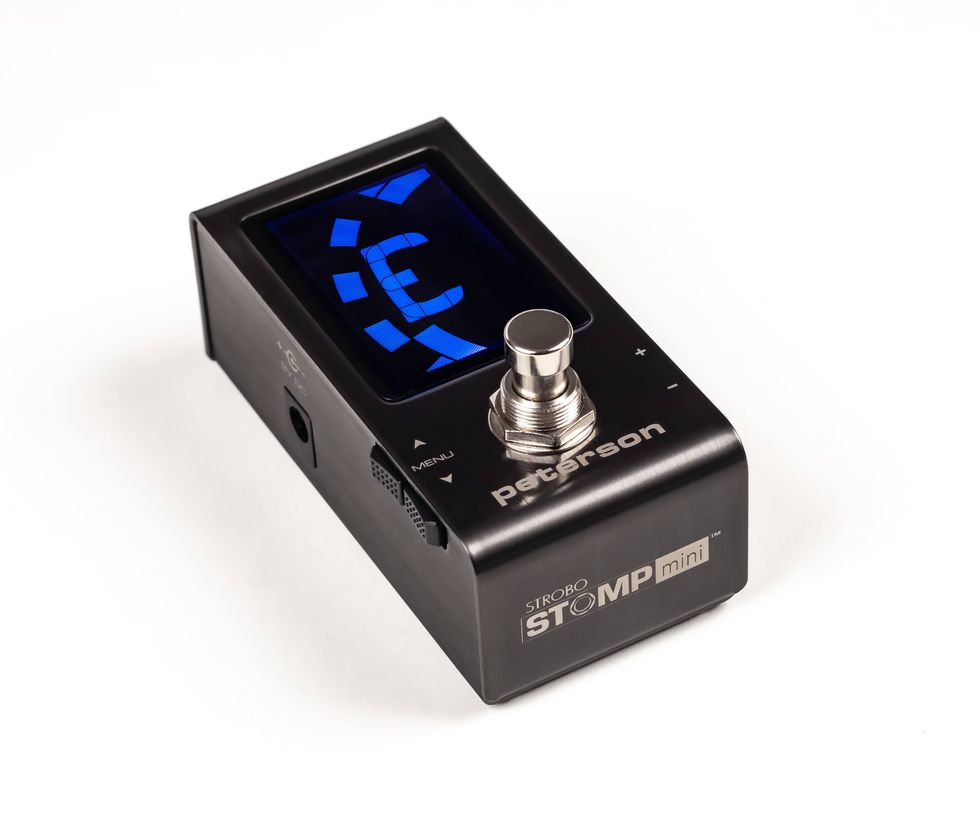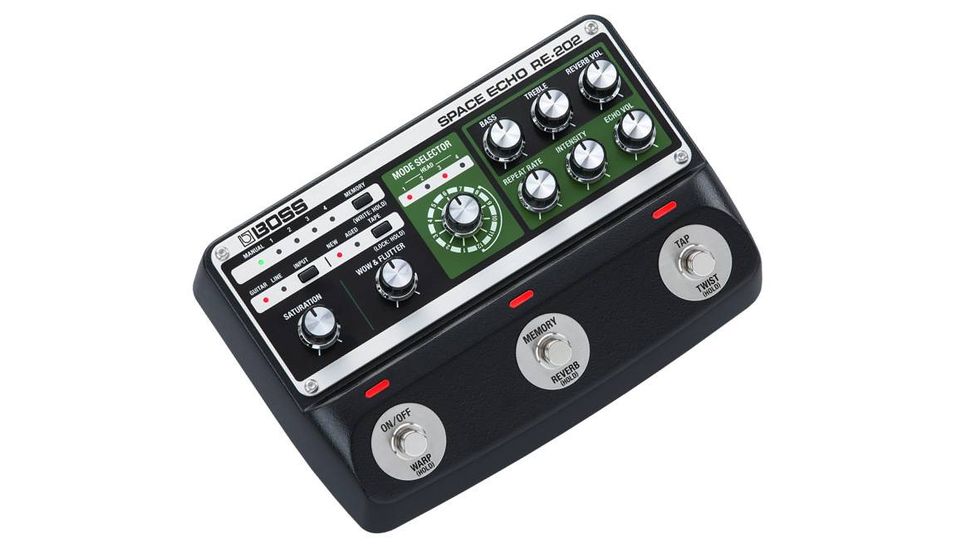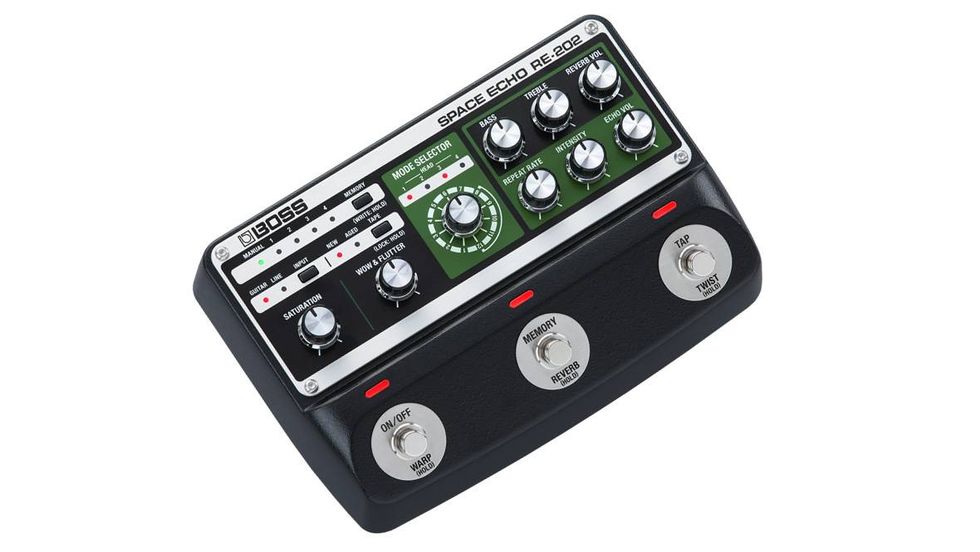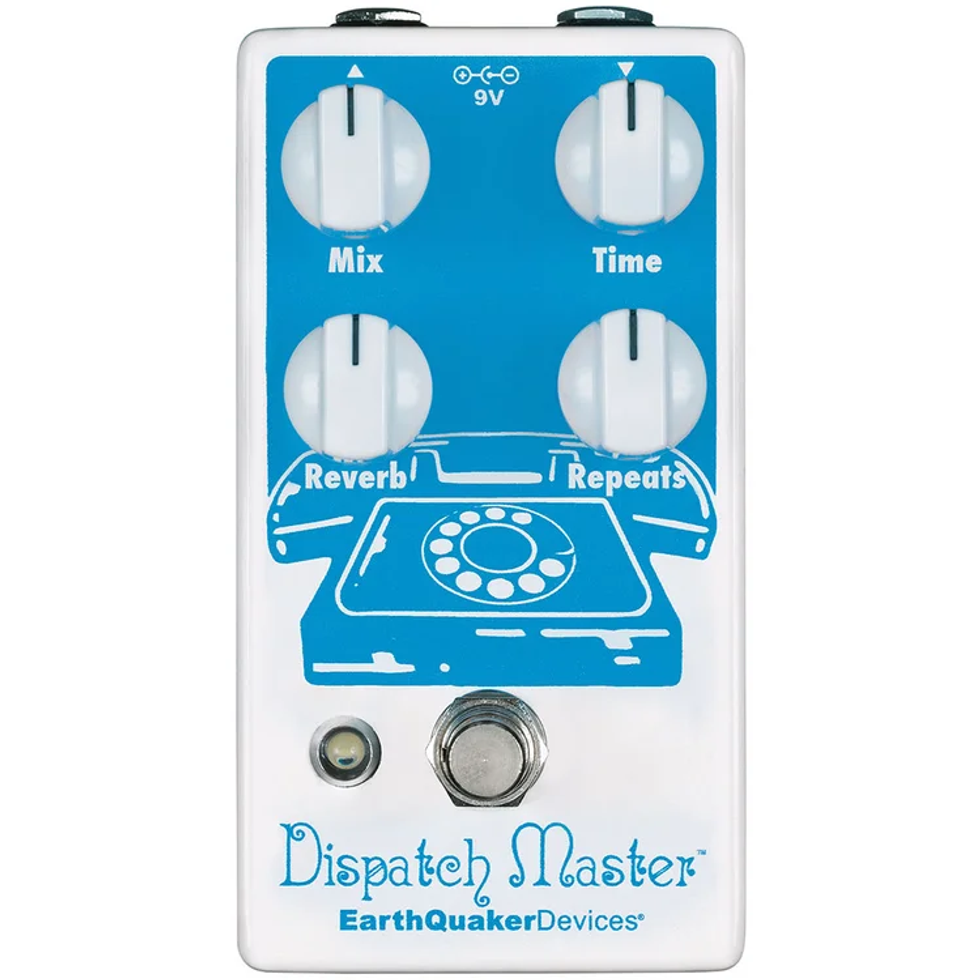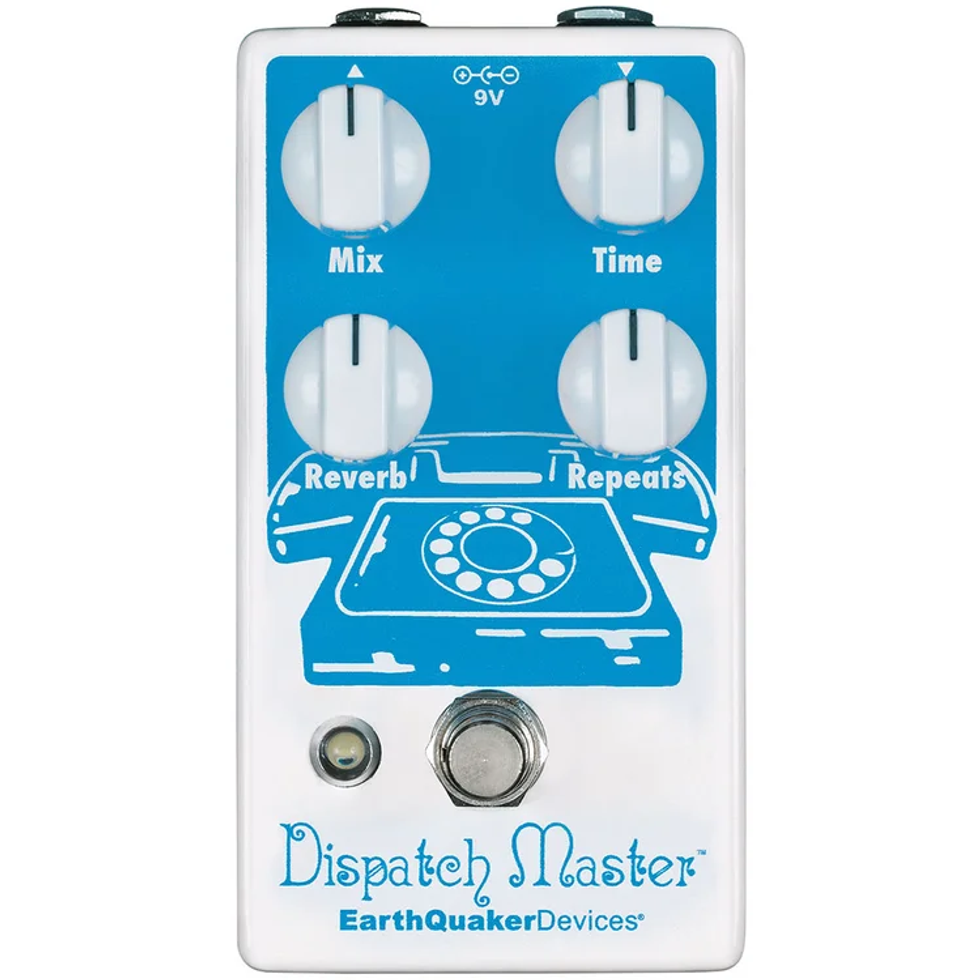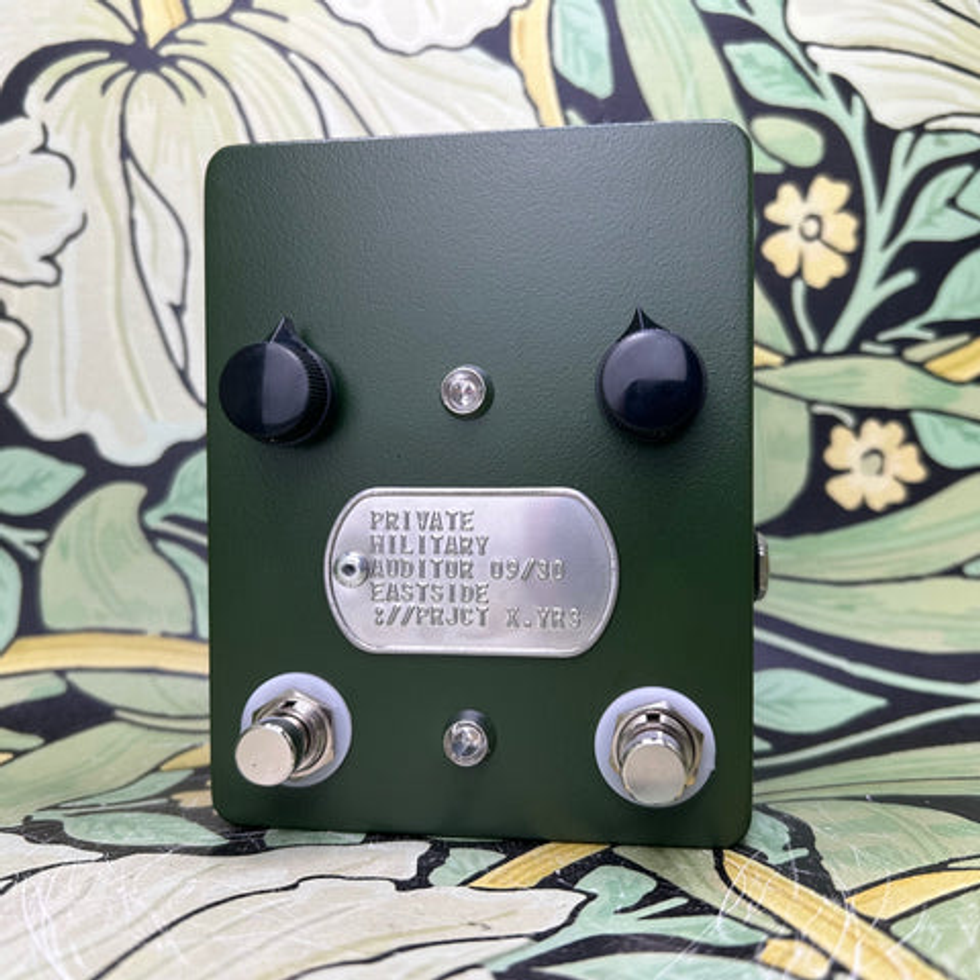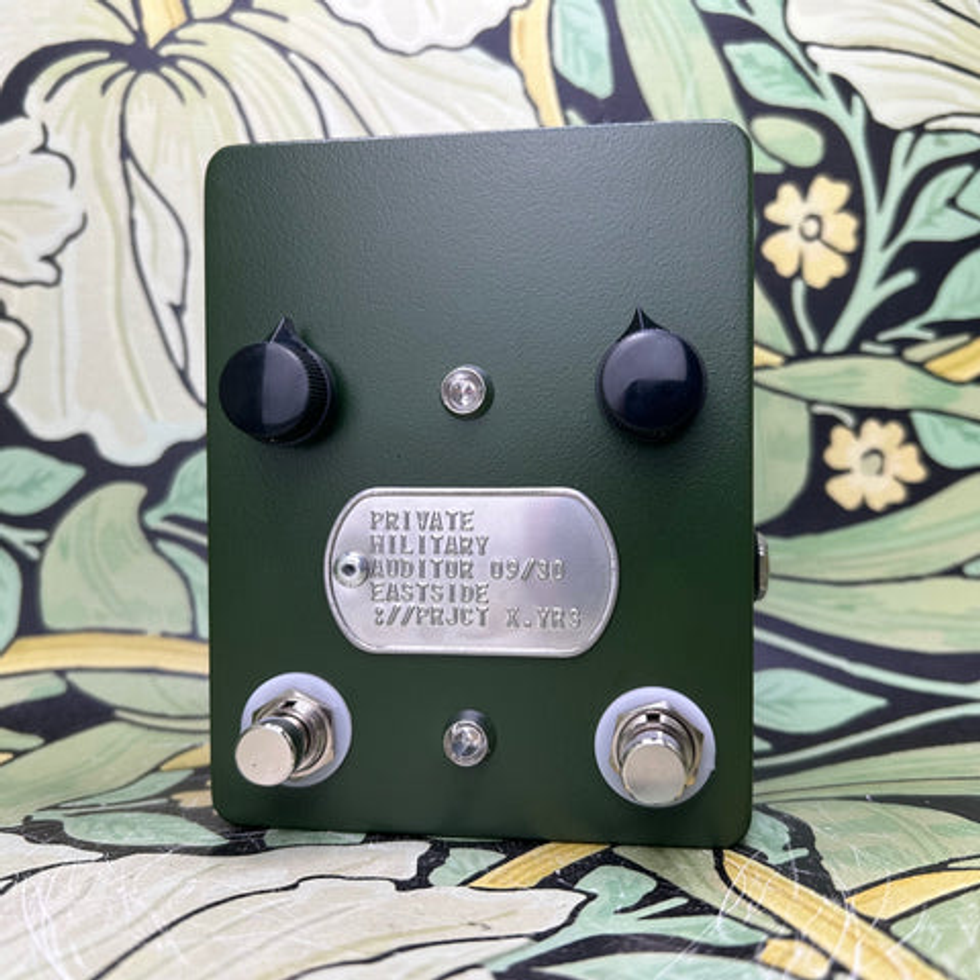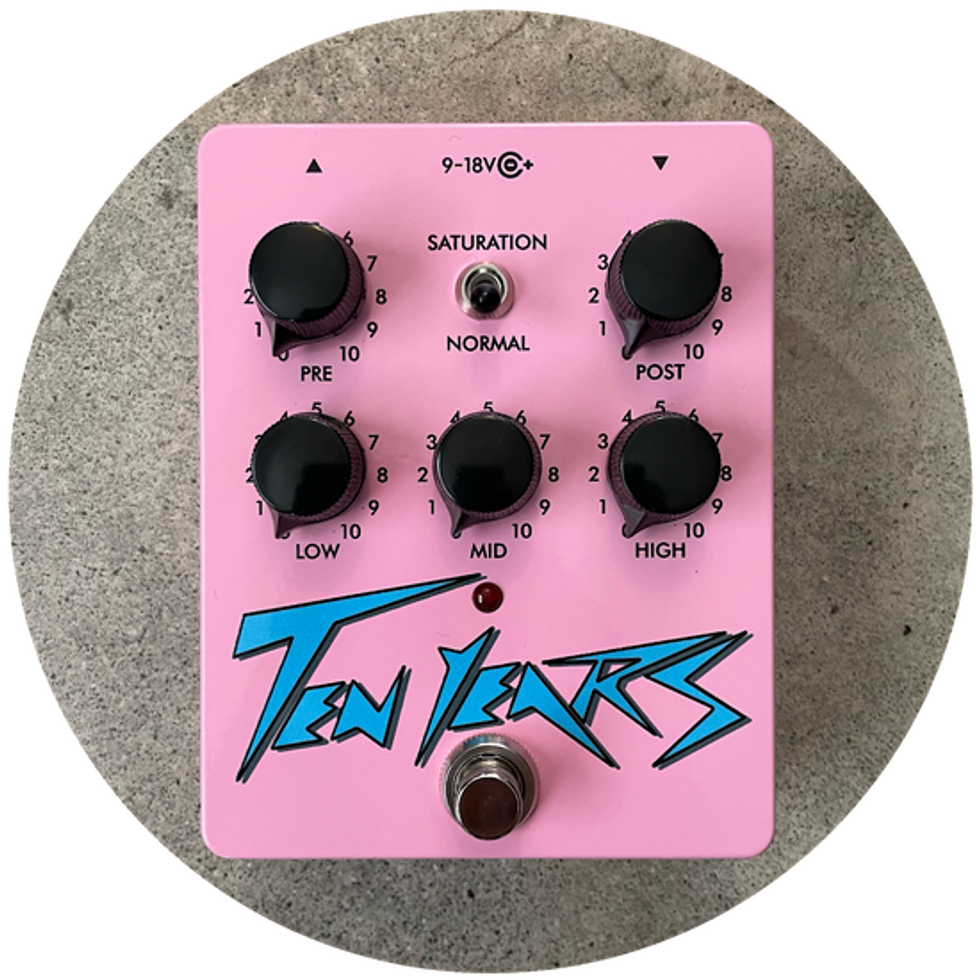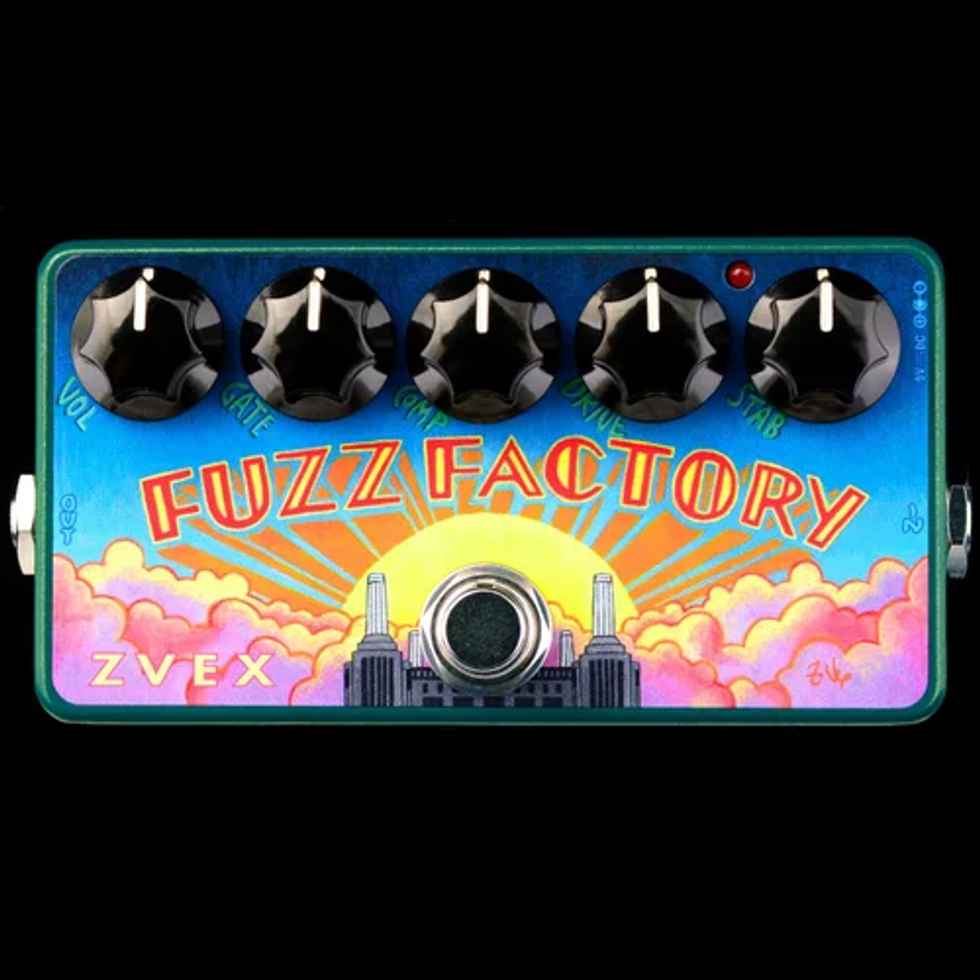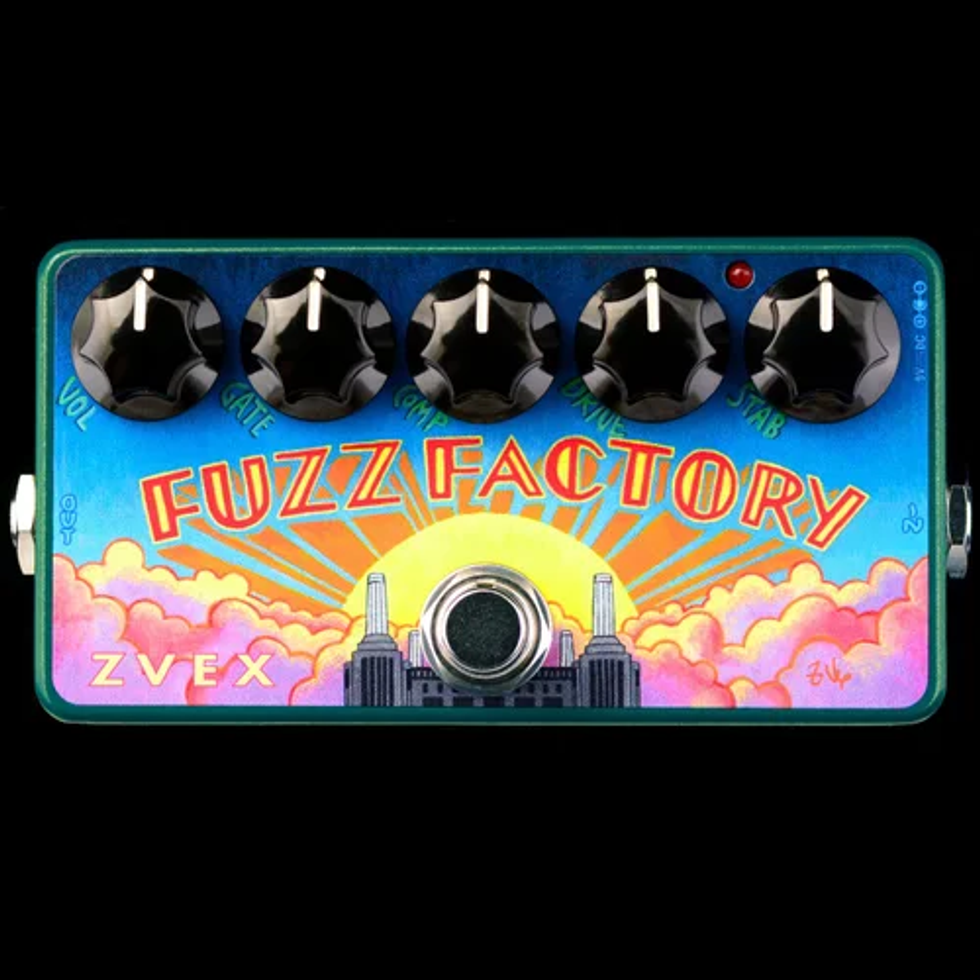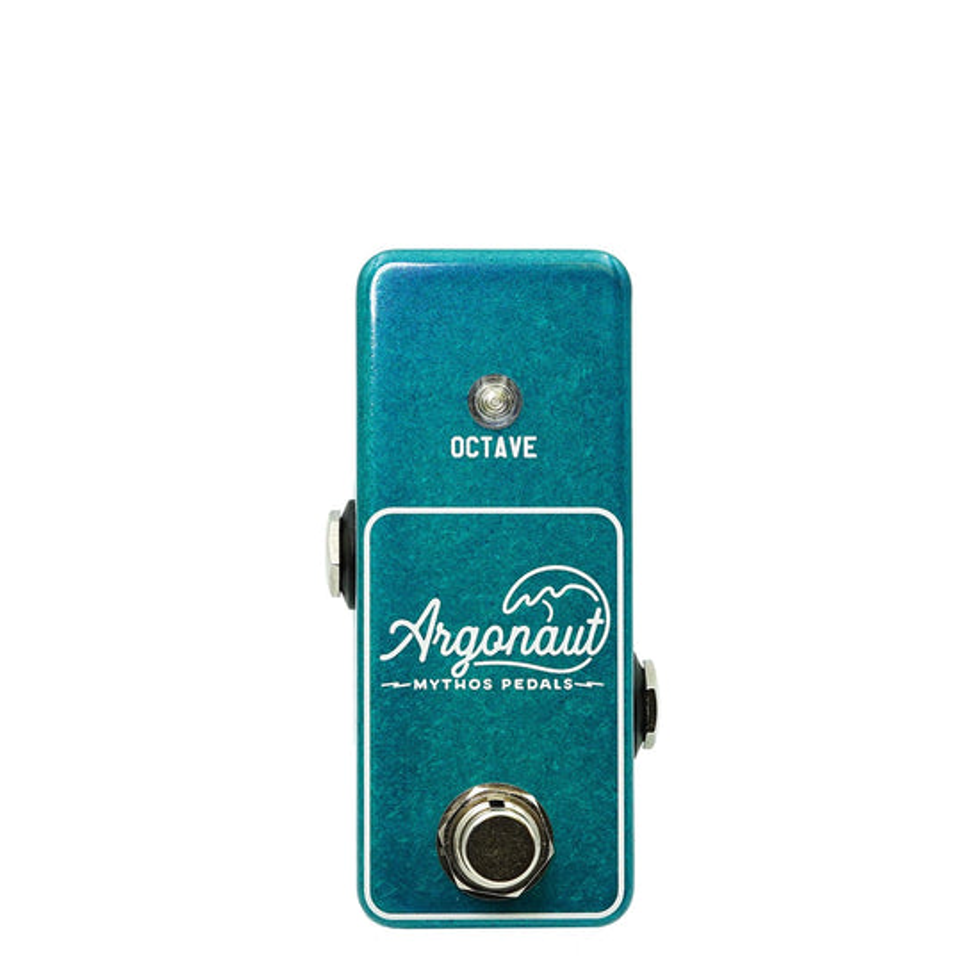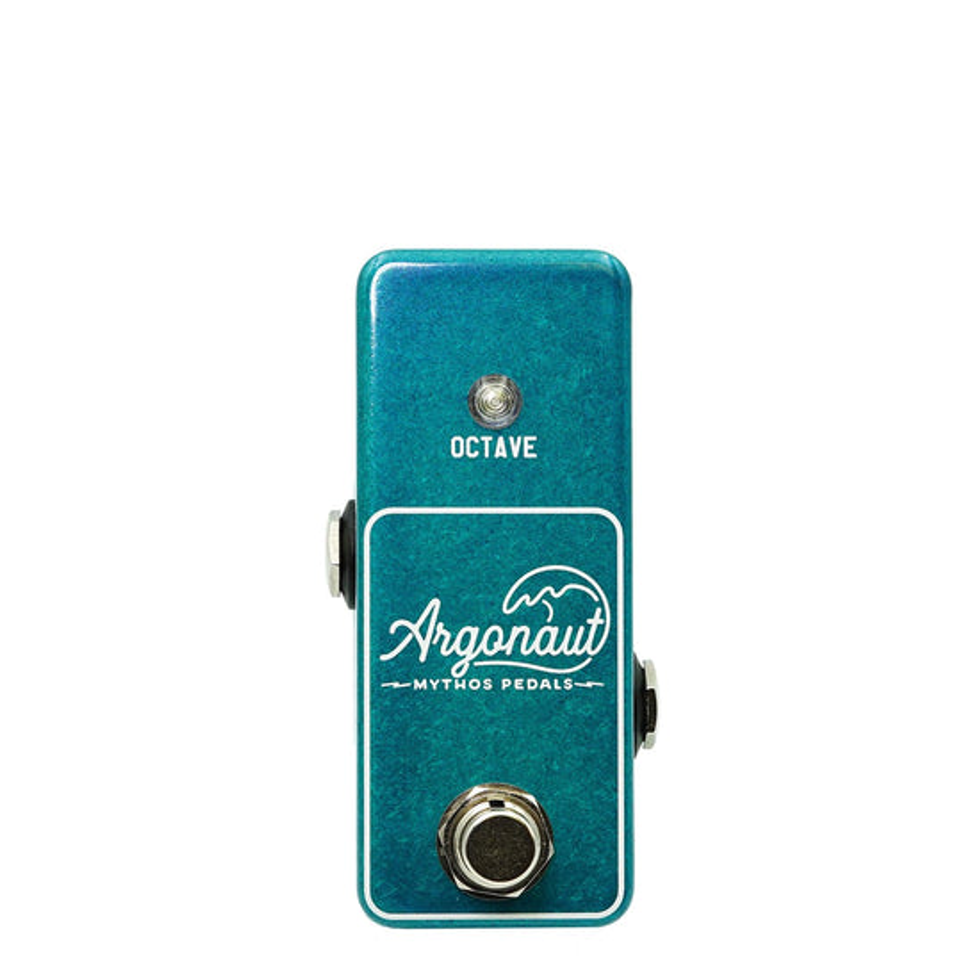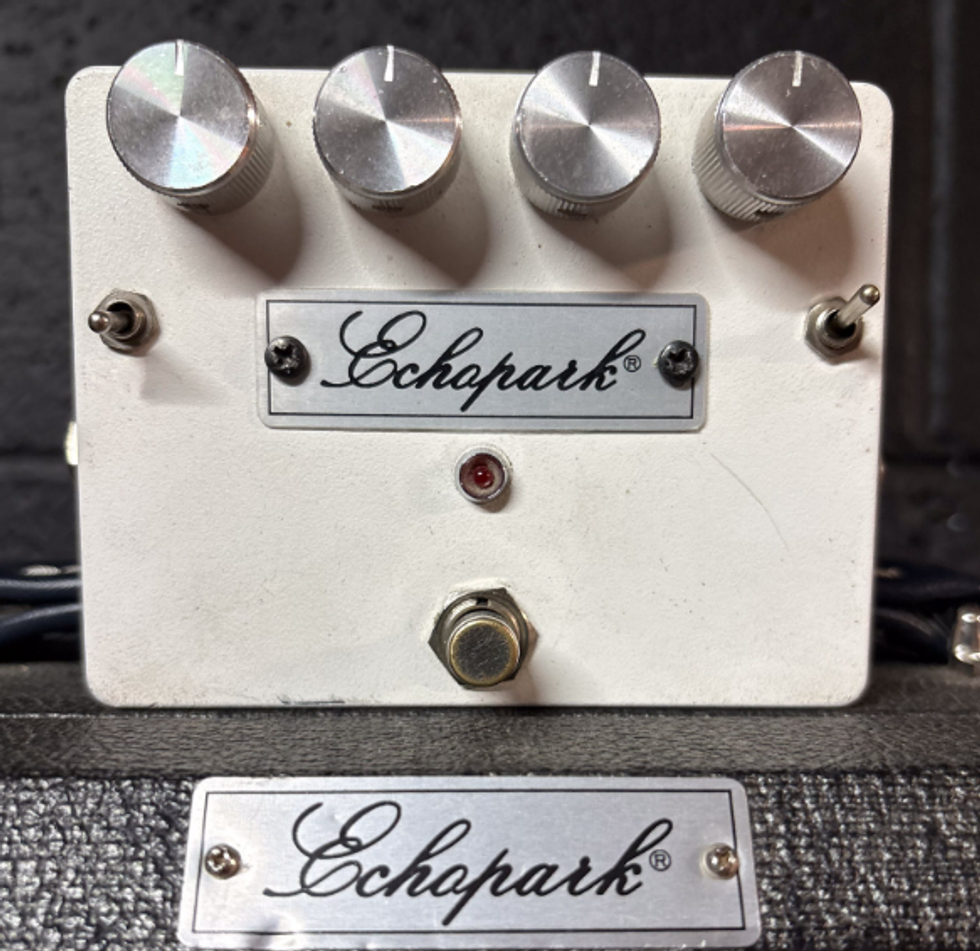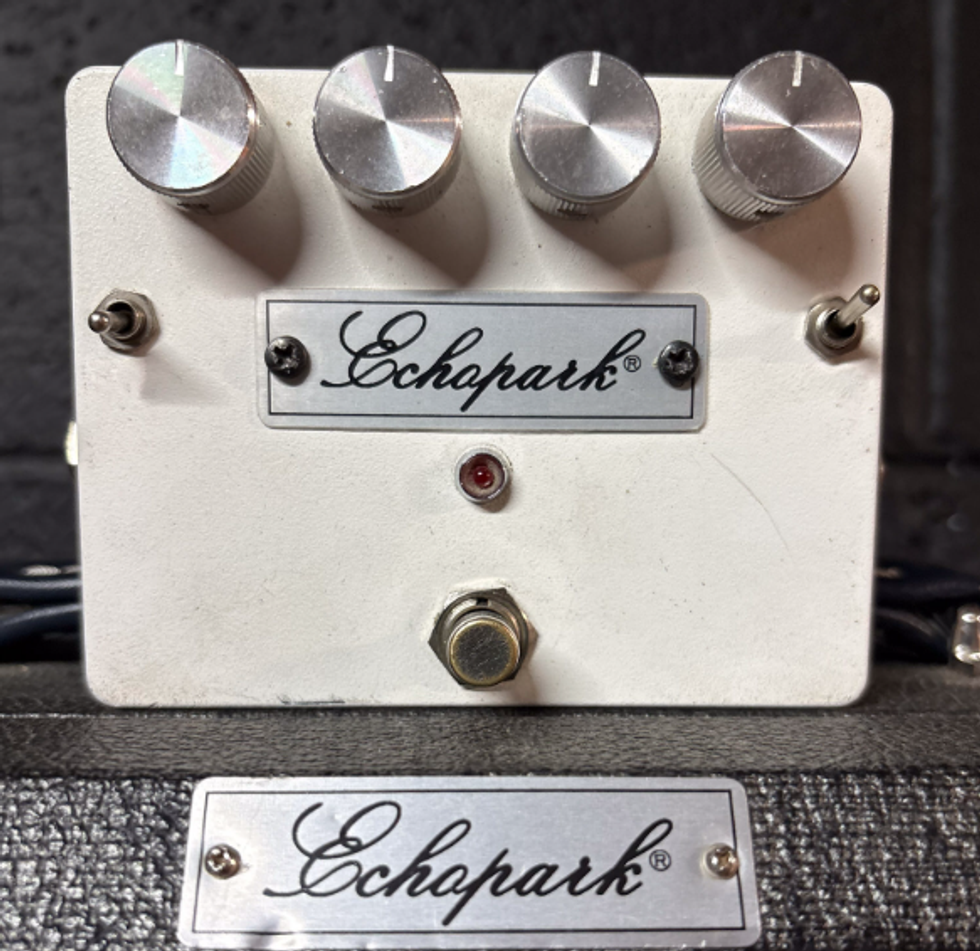Even for the most jaded of guitar writers, there are still times when you open a case and mutter, “What the … ?”
That was pretty much my reaction when I unboxed the SP1-1 Jazz Jr. from Los Angeles luthier Michael Pinter. Where to start? The unusual body shape suggests a long-lost cousin of the Coral Electric Sitar. There’s wood-grain veneer on top of the pickups. The logo appears not on the headstock, but inlaid into the body on the bass side of the neck pocket.
And perhaps oddest of all, this slim, bolt-on-neck solidbody is pitched as a jazz guitar. “The SB1-J Jazz Jr. is our take on what a jazz guitar can be,” reads Pinter’s website. “What it is not is just an electric solidbody fitted with flatwounds. Rather, it was designed from the ground up with the jazz artist playing flatwound strings in mind. It is called the Jazz Jr. because it is not your traditional jazz box.” Ya think?
Flats for Cats
The designed-for-flatwounds claim sent my BS detector into the red zone. Strats, Teles, Pauls, and 335s were all created with flatwounds in mind, as were almost all electric guitar designs that originated before the mid-1960s. And how can it be built from the ground up for jazz when Pinter’s three non-jazz SP1 models feature the same neck and body?
Oh, me of little faith. This is a fabulous guitar, and yes, it sounds sublime with flatwound strings.
A Righteous Sound
The biggest difference between the Jazz Jr. and Pinter’s other models are the guitar’s pickups. Joshua Spataro of Righteous Sound Pickups designed these especially for the SB1-J. Spataro is uncommonly secretive about his pickup recipes. He won’t even disclose the DC resistance of his creations. But beneath those decorative faux-wood caps lie a bridge humbucker of modest output and maximum definition and Spataro’s take on a traditional Tele neck pickup.
Separately and together, the two pickups sound stunning. Their impact and tones are exceedingly piano-like, with definitive attack and great midrange complexity. The pair is perfectly matched. The humbucker never outweighs the single-coil. Their colors run the gamut from “articulate warmth” to “slighter, brighter articulate warmth.” Tones maintain remarkable string-to-string definition despite their sheer mass. They’re perfect for solo jazz players who embrace counterpoint and chord-melody playing, though they’re equally lovely for single-note soloing.
Built for Comfort
The Jazz Jr.’s playability is as extraordinary as its pickups. The alder body, with its understated belly and forearm bevels, balances nicely. It’s light and zingy, with excellent acoustic sustain. The crafty cutaway makes the 22nd fret as accessible as the first. The asymmetrical 4-screw neck plate is another eye-catching detail.
Ratings
Pros:
Fabulous tones. Supreme playability. Original design.
Cons:
Costs $2,500.
Tones:
Playability:
Build/Design:
Value:
Street:
$2,500
Pinter SP1-J Jazz Junior
pinterguitars.com
And damn, the neck feels good. It’s maple with a pau ferro fretboard and a 10"-to-16" compound radius. It’s got a substantial D shape at the nut, gradually flattening out as you ascend the fretboard. The neck’s rear surface displays lovely maple figuration, and the poly finish is glass-perfect. There’s a cute little volute at the headstock and a fine hand-carved bone nut. The medium frets are masterfully installed—we’re talking smooth, probably with a few extra o’s in the word. Tastes vary, but I found it supremely comfortable. The fact that it arrived with a fine factory setup helped as well.
All hardware is fittingly top-shelf: a string-through-body Hipshot bridge, Hipshot locking tuners, CTS pots, and Straplok-ready buttons.
On Beyond Jazz
If someone played me a recording of the Jazz Jr. and told me I was hearing a hollowbody, I’d probably believe it. There’s a bit more treble than you tend to get from hollowbody guitars strung with flatwounds, but not in a pushy way. There’s simply an engaging top-end shimmer. (Dialing back the tone pot yields more orthodox jazz sounds.)
That extra shine pays dividends when you apply the Jazz Jr. to aggressive, non-jazz styles. That wasn’t the builder’s intent: This was conceived as a jazz machine. But I’m one of those weirdos who uses flatwounds for everything, and who raves about pairing flats and fuzz pedals till everyone in the room shuffles away, looking embarrassed. I love how the SB1-J sounds with heavy distortion, and I’ve included a crunched-out example in the demo clip.
The Verdict
Holy cannoli, is this a cool guitar! While its offbeat visuals might not please traditionalists, its stellar tones and glorious playability will. Sure, SB1-J excels at jazz, but it also sounds killer for other styles, including aggressive ones. It’s beautifully made and easy to travel with. Priced at $2,500, Jazz Jr. is expensive for a bolt-on neck solidbody with minimal ornamentation, but its superb tones and playability would be standouts at any price. I loved spending a few days with this inspiring instrument.
















![Rig Rundown: AFI [2025]](https://www.premierguitar.com/media-library/youtube.jpg?id=62064741&width=1245&height=700&quality=70&coordinates=0%2C0%2C0%2C0)












 Shop Scott's Rig
Shop Scott's Rig